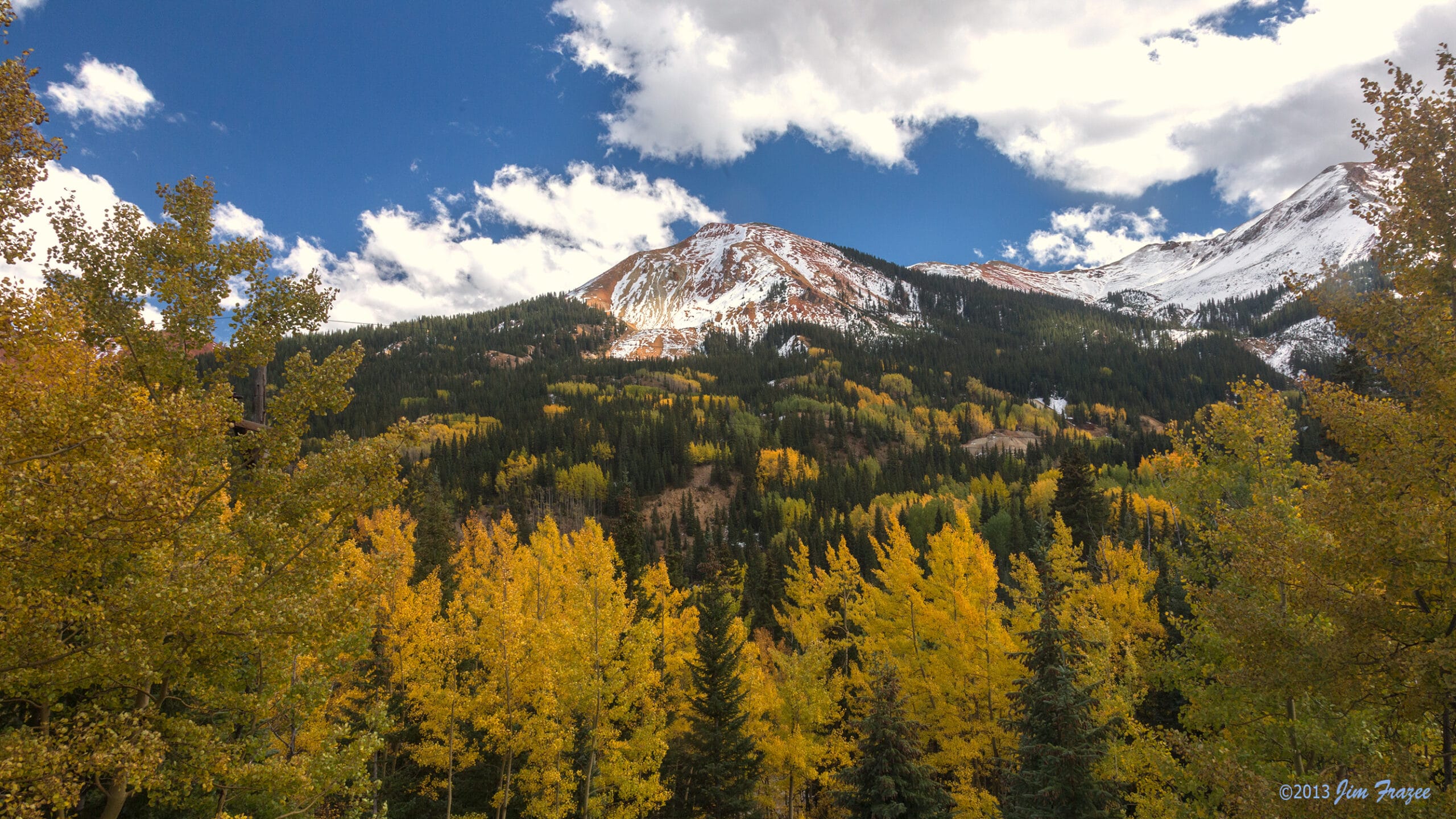Get ready to embark on an extraordinary adventure in the vibrant city of Durango, Colorado, where the altitude of 6,512 feet adds a unique twist to every experience. From challenging mountain hikes to exhilarating mountain biking trails, this captivating destination offers a blend of natural beauty and adventure that will leave you breathless. So, whether you’re a seasoned outdoor enthusiast or just looking for a refreshing getaway, this guide will provide you with the insider tips and local wisdom you need to thrive in this high-altitude paradise.
Adapting to Durango’s Altitude
So, you’re heading to Durango, Colorado? That’s awesome! Nestled right up against the La Plata Mountains, Durango sits at a cool 6,512 feet above sea level. That’s pretty high up, and you might feel it, especially if you’re coming from closer to sea level.
Think of it like this: the air is thinner at higher elevations, meaning there’s less oxygen per breath. Your body is smart and adapts quickly, but it takes a little time. You might get a headache, feel more tired than usual, or even feel a tad breathless. Don’t worry, that’s totally normal. It’s just your body saying, “Hey, the air’s a little different up here, give me a minute to adjust!”
The good news is, acclimating is pretty straightforward. Just think: Hydrate, Pace, and Listen. Drink tons of water – more than you think you need! – and take it easy for the first day or two. And maybe skip the coffee and cocktails until you’re feeling more adjusted.
Now, about those rewards… Durango’s high-altitude setting isn’t just about physiological adjustments, it’s woven into the very fabric of the place. The views are seriously next-level. Imagine hiking or biking through mountain trails with air so clear you feel like you can reach out and touch the sky. And the sunsets? Forget about it!
Speaking of the sky, at night, get ready for a stargazing experience you won’t forget. With less atmospheric haze, Durango’s night sky explodes with stars. It’s honestly magical.
But here’s the thing: altitude doesn’t just impact the scenery, it shapes the whole Durango vibe. The air is crisp, the sun shines almost every day (talk about a mood booster!), and the pace of life is as chill as a mountain stream.
Locals will tell you, the altitude grows on you. It’s part of what makes Durango special. That, and the friendly people, the amazing food, and the endless opportunities for outdoor adventure.
So, you wanna thrive at 6,512 feet? Here’s the deal:
Water is your new best friend. Seriously, drink up! Dehydration sneaks up on you at altitude. Carry a water bottle everywhere and keep refilling it.
Take it slow. Don’t try to conquer all of Durango’s trails on day one. Ease into it. Your body will thank you.
Fuel your body with good stuff. Think fruits, veggies, and healthy carbs.
Listen to your body. If you feel a headache coming on or start feeling dizzy, that’s your cue to take a break, drink some water, maybe find a shady spot to chill for a bit.
Altitude sickness is a thing, but it’s usually mild and easily managed. If you’re really concerned, chat with your doctor before your trip. They might have some extra tips or even recommend a medication that can help.
Remember, Durango’s unique high-altitude environment is part of its charm. Embrace it, take care of yourself, and get ready for an amazing adventure!
Is Durango, Colorado Considered High Altitude?
So, you’re thinking about visiting Durango, Colorado and wondering if its elevation is something you need to prepare for? Well, let’s talk about that. Durango sits at 6,512 feet above sea level. Now, that might not seem sky-high, but trust us, it’s definitely up there! Experts generally agree that anything over 5,000 feet falls into the “high altitude” category. This means Durango is definitely a high-altitude destination.
What Does High Altitude Mean for Visitors?
At higher elevations, the air is thinner—meaning less oxygen for your lungs to grab onto. This can lead to altitude sickness, sometimes called mountain sickness. Don’t worry, though, most people experience only mild symptoms, if any at all, when they visit Durango. Think slight headaches, maybe some fatigue, or feeling a bit out of breath. The good news is, these symptoms usually fade away after a day or two as your body acclimates.
Easing the Altitude Transition
Want to make the transition smoother? Take it easy on your first day. Drink plenty of water, and maybe skip that intense hike right off the bat. Your body will thank you! Once you’re acclimated, you can enjoy all the amazing outdoor adventures Durango has to offer, from hiking and biking to fishing and exploring the mesas.
What is Altitude Sickness in Durango, CO?
So, you’re heading to Durango, Colorado? It’s gorgeous up there, nestled in the mountains at over 6,500 feet above sea level. That’s pretty high up, and because of that, some people experience something called altitude sickness. Don’t worry, it’s usually not a big deal, kind of like your body needing a minute to adjust to the “thinner” air.
Understanding Altitude Sickness
Think of it this way: at higher elevations, there’s less air pressure, which basically squeezes less oxygen into each breath you take. Your body is a champ and tries to compensate by working a little harder to get that oxygen where it needs to go. But, sometimes, that adjustment period can lead to some uncomfortable symptoms.
What Does Altitude Sickness Feel Like?
Imagine a mild hangover without the fun night out – headache, maybe some dizziness, feeling tired, and your stomach might be a bit off. Some folks lose their appetite or even feel a little nauseous. If you push yourself too hard before you’re used to the altitude, you might get winded easier than usual, and sleeping can be tough.
Minimizing the Effects of Altitude Sickness
The good news is that most people can avoid serious altitude sickness by taking it easy:
- Take it slow: If you’re coming from a much lower elevation, consider spending a day or two at a mid-point altitude before heading straight up to Durango. It gives your body a chance to catch up.
- Water is your friend: Seriously, drink plenty of it. Staying hydrated helps your body acclimate to the altitude much easier.
- Listen to your body, it’s smarter than you think: Feeling tired? Rest. Your body is working hard, give it a break. This isn’t the time to train for a marathon – enjoy leisurely walks instead of intense hikes until you’re acclimated.
- Talk to your doctor about medication: There’s a medication called acetazolamide (Diamox) that can help prevent and treat altitude sickness. It basically tricks your body into thinking it’s at a lower altitude.
What if I start feeling really bad?
If you experience severe symptoms or your symptoms worsen despite taking precautions, it’s crucial to descend to a lower altitude immediately and seek medical attention.
Remember, altitude sickness is usually temporary and manageable. By being prepared and listening to your body, you can have a fantastic time exploring the beauty of Durango.
Is Durango, Colorado Considered High Desert?
So, you’re curious about Durango, Colorado and whether it fits the “high desert” description? See, Durango sits up high at 6,512 feet, which definitely puts it in the high-altitude category – generally, anything over 5,000 feet gets that label. But it’s not just about altitude. What makes a high desert a high desert is the climate and what can grow there. And Durango throws a bit of a curveball – it’s got this cool mix of mountain and desert vibes going on.
You see, typical high deserts are super dry, getting less than 10 inches of rain a year. Durango gets a bit more than that, around 17 inches on average. That’s still on the low side, classifying it as semi-arid, which lines up with a high desert climate. And the plant life? It’s like a tug-of-war between the mountains and the desert! You’ll see towering Ponderosa pines that love those cooler mountain areas right alongside prickly pear cacti soaking up the sun – a classic desert dweller.
Durango’s Unique Blend of Environments
What makes Durango so cool is that it lets you experience this awesome blend of environments. You can be hiking through a thick, cool forest one minute, then find yourself gazing out at a wide-open valley carved by the Animas River the next. Speaking of the Animas River, it brings a whole other dimension to Durango’s landscape. The river creates a lush, green corridor right through the heart of the city, making it an oasis for all sorts of plants and animals and giving everyone a chance to enjoy some fun on the water.
So, while Durango might not be a picture-perfect, textbook definition of a high desert, it definitely has those high-desert vibes mixed with its mountain charm. It’s really that unique combination that makes it such an incredible place to visit!
Looking to discover the sky-high altitudes of Cheyenne? Embark on a journey to Cheyenne, Wyoming to witness the breathtaking heights that await you.
Prepare to be astounded by the towering peaks of Durango, Colorado. Unravel the secrets of its lofty elevations in Durango, CO.
- Mastering Leader in Spanish: The Complete Guide - April 19, 2025
- Uncovering Surprising Parallels: England Size Compared to US States - April 19, 2025
- Old Mexico Map: Border Shifts 1821-1857 - April 19, 2025

















2 thoughts on “Experiencing Durango, Colorado at Altitude: A Guide to Thriving at 6,512 Feet”
Comments are closed.